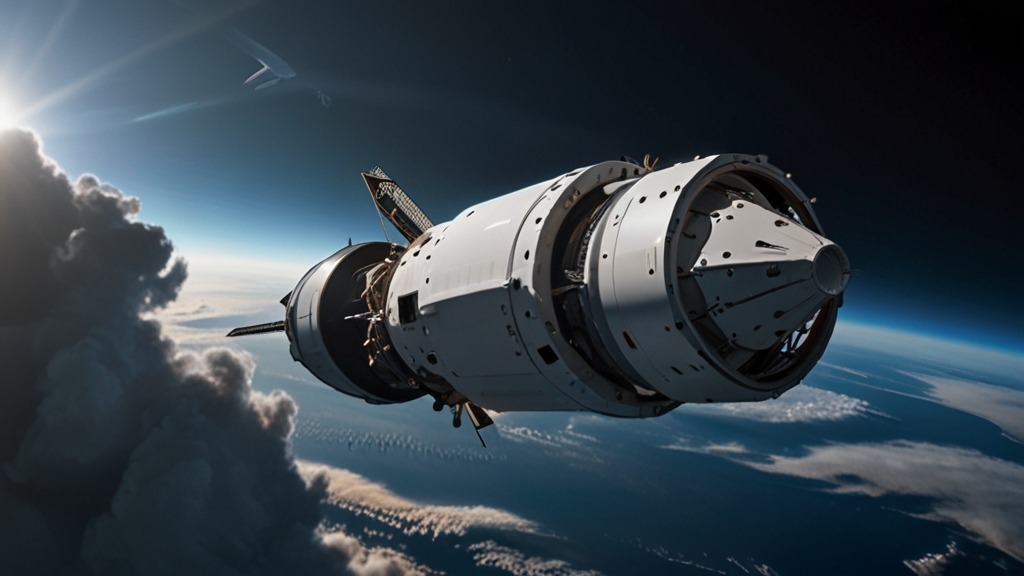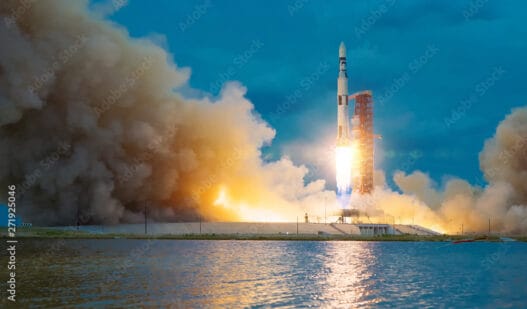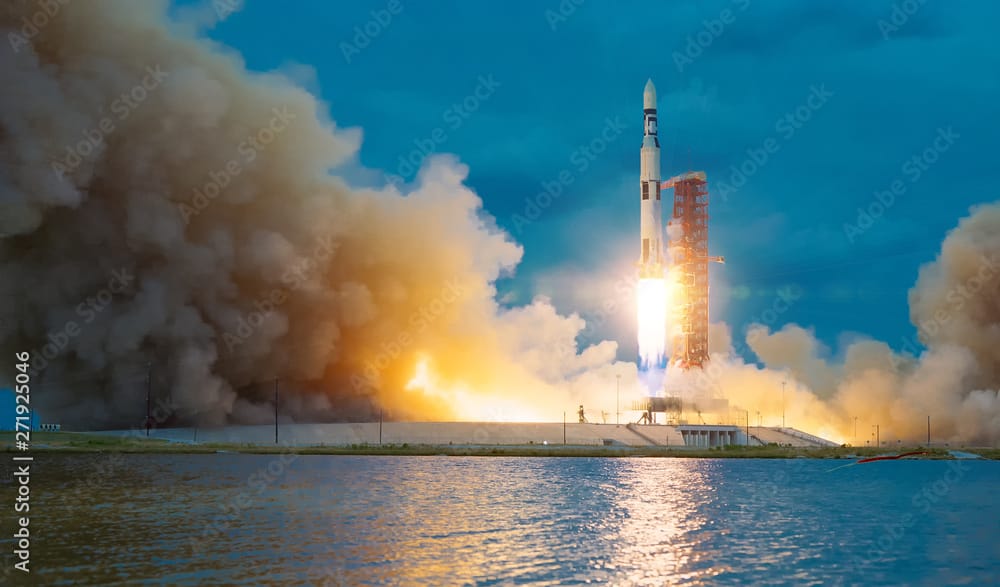Introduction
It sounds like something straight out of a sci-fi movie, but it’s happening for real: NASA has contracted SpaceX to send a ship to destroy the International Space Station (ISS). This isn’t a villainous plot—it’s a well-planned mission set for 2030 to safely deorbit the ISS, which has served humanity for over two decades. Let’s dive into the details of this incredible operation.
The Significance of the International Space Station (ISS)
One of the most important scientific sites in the history of humanity, the International Space Station (ISS), will crash into the sea, propelled by a SpaceX suicide ship. NASA has approved the operation.
It’s not that NASA and SpaceX have suddenly gone evil and decided to destroy the International Space Station, in true James Bond movie style. The venerable space enclave has already been orbiting the Earth for 26 years, and it is time to retire. That entails its destruction, because it cannot be orbiting the Earth forever.
NASA’s Decision and Contract with SpaceX
NASA has signed a contract with SpaceX worth $843 million to build a “deorbiter,” a space vehicle that will take the International Space Station out of orbit to fall into the sea by 2030. We already know the plan in detail.
Satellites, space telescopes, and other objects that orbit the Earth are destroyed by dropping them into the Earth’s atmosphere. This natural “shield” of our planet carbonizes almost anything that comes close to the surface, from meteorites to space junk.
But this would not be the case with the International Space Station. Similar in size to a football field, more than 100 meters long by 80 meters wide, it is so large that the atmosphere will not completely disintegrate it, and some large fragments could fall uncontrollably.
The cemetery of the International Space Station will be the Pacific Pole of Inaccessibility, also called Point Nemo. It is the furthest point of the ocean from any mainland, within a radius of 2,688 kilometers. It is also a very deep area, more than 3,000 meters, and has no marine traffic. You can see it here:
It is the safest place on Earth for a ship more than 100 meters long to fall. But to do it at the exact point, you need to place the ISS in a certain orbit at a certain speed. And that can only be done with a space tug.

The Role of the Deorbiter
From today we know that this space tug, or deorbiter, as NASA calls it, will be built by SpaceX. But it will be owned by NASA, and it will carry out the operation.
In 2030, SpaceX’s deorbiter, equipped with powerful engines, will dock with the International Space Station, pushing it out of orbit.
The tugboat will place the station in a new, lower orbit, which will cause it to fall exactly towards Point Nemo.
It is a suicide operation because this SpaceX deorbit will crash into the sea next to the ISS. The images are going to be spectacular.
We already know what the destruction of the International Space Station is going to be like, and SpaceX is going to play a very important role. Elon Musk will be satisfied.
Conclusion
The planned deorbiting of the ISS marks the end of a historic chapter in space exploration. As we bid farewell to this iconic structure, we reflect on its contributions to science and international cooperation. SpaceX’s role in this mission highlights the growing influence of private companies in space exploration. Looking ahead, the legacy of the ISS will inspire future missions and advancements in space technology.
FAQs
Why is the ISS being retired?
The ISS is being retired due to aging infrastructure, increasing maintenance costs, and safety concerns. Additionally, advancements in space technology have made the station less critical for future missions.
What is Point Nemo, and why was it chosen?
Point Nemo, or the Pacific Pole of Inaccessibility, is the furthest point in the ocean from any landmass. It was chosen as the crash site for the ISS because it minimizes the risk to human life and marine traffic.
How will SpaceX ensure the ISS deorbits safely?
SpaceX will use a specially designed deorbiter spacecraft to dock with the ISS, adjust its orbit, and guide it into a controlled descent. This process ensures the ISS lands precisely at the designated crash site.





